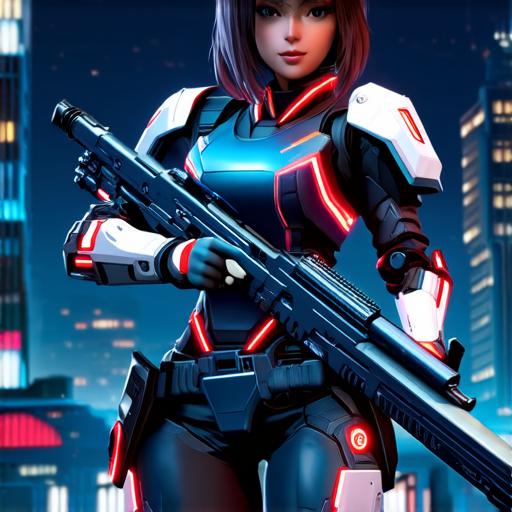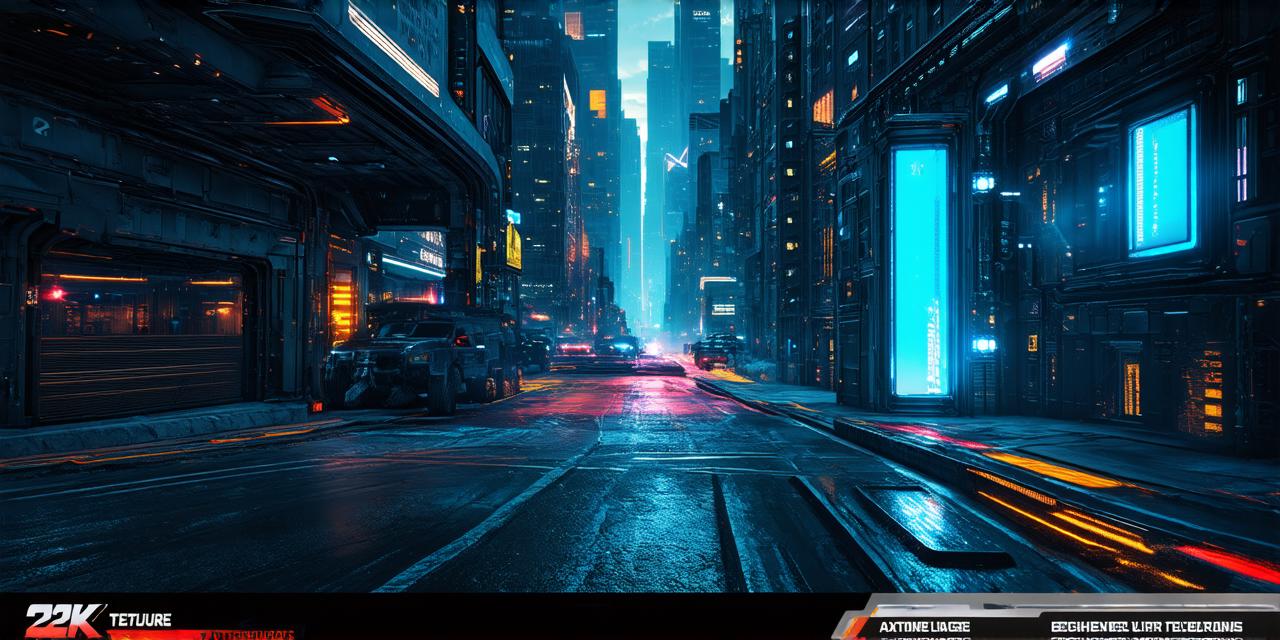Introduction
Head-Up Display (HUD) elements are an integral part of video games, providing essential information to players and enhancing their overall gaming experience. While the most common HUD elements like health bars, scores, and minimaps are widely recognized and used in games, there’s a whole world of possibilities beyond these basic features.
What are HUD Elements?
Before diving into the various types of HUD elements, it’s important to understand what they are and how they work. HUD stands for Head-Up Display, which is a screen that displays crucial information about the game world and the player’s character in real-time. The purpose of the HUD is to provide players with essential data without having to pause or look away from the gameplay.
HUD Elements can be divided into two categories: system HUD and character HUD.
System HUD displays information about the game world, such as maps, minimaps, and objective markers, while character HUD displays information about the player’s character, such as health bars, scores, and inventory.
The Importance of Effective HUD Design
Effective HUD design is crucial for enhancing the overall gaming experience. A well-designed HUD should be unobtrusive yet informative, providing players with the necessary information without interfering with their immersion in the game world.
Types of HUD Elements
Now that we have a basic understanding of what HUD elements are and their importance let’s explore some lesser-known types of HUD elements that game developers can use to make their games more engaging and immersive.
1. Radar and Object Tracking
Radar and object tracking are two types of HUD elements that provide players with a visual representation of the game world beyond the immediate vicinity of their character. In games like open-world adventure or strategy games, this type of HUD element can be particularly useful in helping players locate important objects or enemies.
Radar displays an overhead view of the game world and highlights the locations of important objects or enemies on the map. This allows players to quickly scan the game world and identify potential threats or opportunities without having to explore every inch of the environment.
Object tracking, on the other hand, is a type of HUD element that displays information about specific objects in the game world. For example, if a player is on a quest to find a rare artifact, object tracking can display the location of the artifact on the map and provide additional information about its properties.
2. Weather and Environmental Information

Weather and environmental information are two types of HUD elements that provide players with crucial data about the game world beyond just the immediate vicinity of their character. In games set in outdoor environments, weather and environmental information can be particularly useful in helping players navigate and adapt to different conditions.
Weather information displays real-time weather data in the game world, such as rain, snow, or fog, which can affect gameplay in various ways. For example, a character’s movement speed may be reduced during heavy rain, or visibility may be impaired during foggy weather. Weather information can also help players plan their route and equipment based on the current conditions.
Environmental information displays data about the game world beyond just the immediate vicinity of the player’s character. For example, it can display information about terrain elevation, obstacles, or hazards in the environment that may be useful for navigation.
3. Social and Community Information
Social and community information are two types of HUD elements that provide players with information about other players and the game’s community. In multiplayer games, social and community information can be particularly useful in helping players connect with others, coordinate strategies, and share resources.
Social information displays information about other players in the game world, such as their character name, level, and faction. This allows players to quickly identify potential allies or enemies and make informed decisions based on their social status.
Community information displays data about the game’s community beyond just individual players. For example, it can display information about guilds, factions, or other social groups in the game world, which can help players connect with like-minded individuals and form alliances.
4. Contextual HUD Elements
Contextual HUD elements are a type of HUD element that displays information based on the player’s current situation or context within the game world. In games with complex systems and mechanics, contextual HUD elements can be particularly useful in helping players navigate and understand the game’s various systems.
For example, in a game with a complex crafting system, a contextual HUD element could display information about the player’s current inventory, highlighting which items are required for different recipes or crafting levels. This allows players to quickly identify what they need to gather and focus on acquiring the necessary resources.
Another example of a contextual HUD element is a situational awareness system that displays information based on the player’s current location and situation. For example, if the player is in a dangerous area with multiple threats, the HUD could display a warning icon or highlight potential enemies on the minimap to help the player prepare for battle.
Case Studies: Examples of Effective HUD Design
Now that we have explored some of the lesser-known types of HUD elements let’s look at some real-world examples of effective HUD design in popular games.
1. The Witcher 3: Wild Hunt
The Witcher 3: Wild Hunt is a popular action role-playing game that features an innovative and immersive HUD design. One of the standout features of the game’s HUD is its dynamic weather system, which affects gameplay in various ways. For example, during heavy rain, the player’s movement speed may be reduced, and visibility may be impaired.
To help players adapt to the changing weather conditions, the game’s HUD includes a weather display that provides real-time information about the current weather conditions. This allows players to plan their route and equipment based on the current conditions, ensuring that they are always prepared for whatever the weather throws at them.
2. Dark Souls
Dark Souls is a popular action role-playing game that features a minimalistic HUD design that enhances its immersive atmosphere. The game’s HUD only displays essential information, such as health bars and objective markers, while leaving the rest of the game world untouched by the HUD elements.
This minimalist approach to HUD design helps to immerse players in the game world and encourages them to explore every inch of the environment. The game’s challenging combat system also benefits from this approach, as players must rely on their instincts and reactions rather than relying on the HUD for guidance.
3. World of Warcraft
World of Warcraft is a popular massively multiplayer online role-playing game that features a comprehensive and customizable HUD design. The game’s HUD includes various features, such as health bars, mana bars, unit frames, and mini-maps, which can be customized to suit the player’s preferences.
One of the standout features of the game’s HUD is its social information display, which allows players to view other players’ characters, levels, factions, and guild memberships. This feature helps players connect with others and form alliances, which is essential in a game as large and complex as World of Warcraft.
Conclusion
HUD elements are an essential part of video games, providing essential information to players and enhancing their overall gaming experience. While the most common HUD elements like health bars, scores, and minimaps are widely recognized and used in games, there’s a whole world of possibilities beyond these basic features.
Effective HUD design is crucial for enhancing the overall gaming experience. A well-designed HUD should be unobtrusive yet informative, providing players with the necessary information without interfering with their immersion in the game world.
